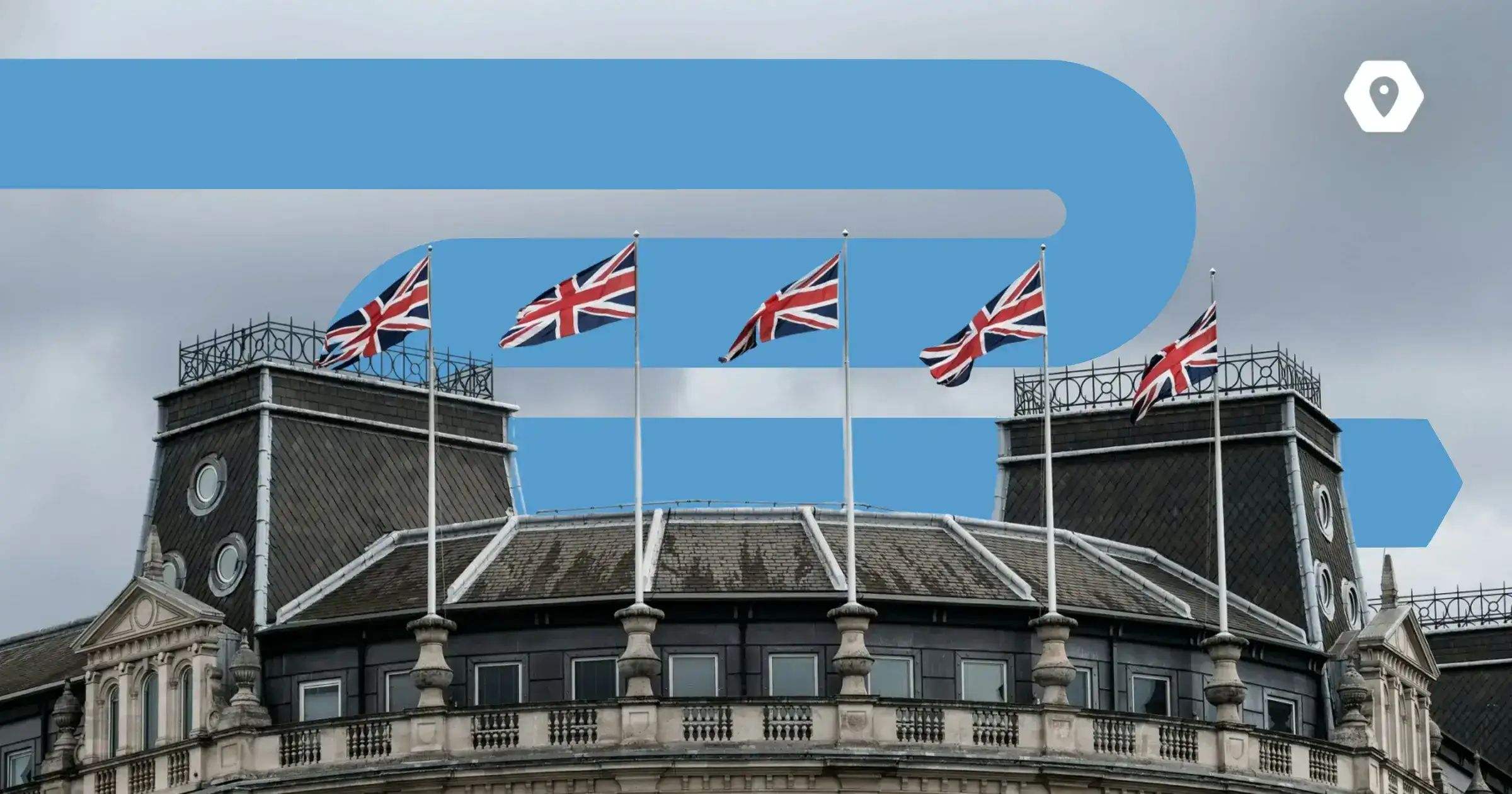- BRP renewal (for expired, lost, or damaged cards) does not extend the underlying visa or leave; it only provides a new proof of status for the same period, usually processed for £19 (standard) or £154 (overseas), with 2–3 week standard timelines.Visa extension increases the duration of legal stay and typically results in an updated BRP or eVisa; application fees rose to £769–£1,519 in 2025, plus the IHS and biometrics, with updated eligibility rules and salary thresholds from September and April 2025.
- Digitization trials in April 2025 (shifting many BRP holders to eVisa) mean physical cards are being phased out; all BRPs are due to expire by December 2024, with digital status replacing physical cards for most visa holders by the end of 2025.
- Common pitfalls include confusing renewal with extension (leading to possible illegal stay or loss of right to work), late application, outdated documentation, and missing IHS for extensions.
Introduction
For document processing teams and HR coordinators managing immigration compliance for employees in the UK, distinguishing between Biometric Residence Permit (BRP) renewal and visa extension is critical to avoid disruptions in legal residency and employment. In 2025, the UK Home Office continues to streamline immigration processes, with BRPs remaining a key document for non-EEA nationals (and some EEA nationals post-Brexit) to prove their right to live, work, or study in the UK. However, confusion often arises between renewing an expiring BRP and extending the underlying visa or leave to remain. This article provides a clear, actionable comparison of these processes, tailored for HR and document processing professionals. It covers definitions, eligibility, procedures, costs, timelines, and the role of immigration services like Jobbatical in ensuring compliance, reflecting updates such as the April 2025 BRP digitization trials and September 2025 fee adjustments.
What is a BRP?
The Biometric Residence Permit (BRP) is a physical card issued to non-EEA nationals (and certain EEA nationals post-Brexit) granted leave to remain in the UK for over six months. It contains biometric data (photo, fingerprints) and immigration details (visa type, validity). BRPs are mandatory for most visa holders, including Skilled Worker, Innovator Founder, and Global Business Mobility (GBM) visa holders, to evidence their immigration status and access services like employment or healthcare.
What is BRP Renewal vs. Visa Extension?
- BRP Renewal: Replacing an expiring, lost, stolen, or damaged BRP card without altering the underlying visa or leave duration. The new BRP retains the same expiry date as the original leave.
- Visa Extension: Applying to extend the duration of leave to remain in the UK, typically before the current visa expires, which may result in a new BRP with an updated expiry date reflecting the extended leave.
Key Differences
BRP Renewal: Process and Requirements
When to Apply
- Expiry: BRPs typically expire with the visa/leave or on a set date (e.g., 31 December 2024 for pre-2025 BRPs, though valid leave may extend beyond).
- Lost/Stolen/Damaged: Immediate replacement needed to maintain proof of status.
- Details Changed: Update required for name, gender, or appearance changes.
- 2025 Update: April 2025 digitization trials allow some BRP holders to transition to eVisas, reducing physical renewals for eligible applicants.
Eligibility
- Valid UK leave to remain.
- Non-EEA national (or EEA national with pre-Brexit BRP).
- No changes to underlying visa conditions required.
Application Process
- Report Loss/Theft (if applicable): Notify Home Office via GOV.UK; obtain police report for theft.
- Complete Online Form: Use GOV.UK’s “Replace your visa (BRP or vignette)” service.
- Submit Biometrics: Book appointment at UKVCAS centre (or Sopra Steria for legacy cases).
- Provide Documents: Passport, proof of leave, police report (if applicable), evidence of name change (if relevant).
- Processing Time: 8 weeks standard; priority service (£500–£800) may reduce to 1–2 weeks.
Costs (2025 Rates)
- Application Fee: £154 (up 10% from 2024 due to September 2025 adjustments).
- Biometrics Fee: Included in application fee.
- IHS: Not applicable unless visa conditions change.
- Priority Service: £500–£800 (optional).
Visa Extension: Process and Requirements
When to Apply
- Before current visa/leave expires (recommended 3 months prior).
- Common for Skilled Worker, Innovator Founder, or GBM visa holders seeking to extend stay.
- 2025 Update: September 2025 salary threshold uplifts (e.g., £41,700 for Skilled Worker) and April 2025 self-sponsorship investment restrictions impact eligibility.
Eligibility
- Meet original visa route requirements (e.g., salary thresholds, endorsement for Innovator Founder).
- Continuous residence in the UK (no more than 180 days’ absence per year for settlement routes).
- English proficiency (if applicable); maintenance funds (£1,270 for applicant, £285–£315 per dependant).
Application Process
- Confirm Eligibility: Check visa-specific requirements (e.g., Certificate of Sponsorship for Skilled Worker, endorsement renewal for Innovator Founder).
- Submit Online Application: Via GOV.UK, including updated documents (e.g., payslips, business plans, CoS).
- Pay Fees: Includes application fee, IHS (£1,035/year), and biometrics.
- Attend Biometrics Appointment: At UKVCAS centre.
- Processing Time: 8 weeks standard (inside UK); 3 weeks (outside UK). Priority (£500–£1,000) or super-priority (£1,000) services available.
Costs (2025 Rates, Examples)
Strategic Considerations for HR and Document Teams
- Timeline Planning: Initiate visa extensions 3 months before expiry; BRP renewals within 1 month of loss/expiry. Allow 8–12 weeks for standard processing.
- Common Pitfalls: Missing IHS payment (25% of extension rejections); outdated BRP details disrupting right-to-work checks.
- 2025 Compliance: Monitor April 2025 eVisa transitions (pilots cover 30% of BRP holders) and September 2025 fee/salary hikes.
- Cost Management: Budget ~£4,500–£5,000 for extensions (3 years); ~£154–£954 for BRP renewals with priority.
- Jobbatical Support: Offers compliance audits, document pre-checks, and liaison with UKVCAS, reducing rejection risks and ensuring alignment with 2025 regulations.
Comparison Summary
Conclusion
Understanding the distinction between BRP renewal and visa extension is essential for HR coordinators and document processing teams to maintain employee compliance and operational continuity in 2025. BRP renewal ensures valid proof of status, while visa extensions secure prolonged legal stay, each with distinct processes and costs. Leveraging services like Jobbatical can streamline both, offering expertise in document preparation, compliance with 2025 updates, and efficient application management. For detailed guidance, consult Jobbatical to safeguard your team’s immigration strategy.


.svg)









.svg)
